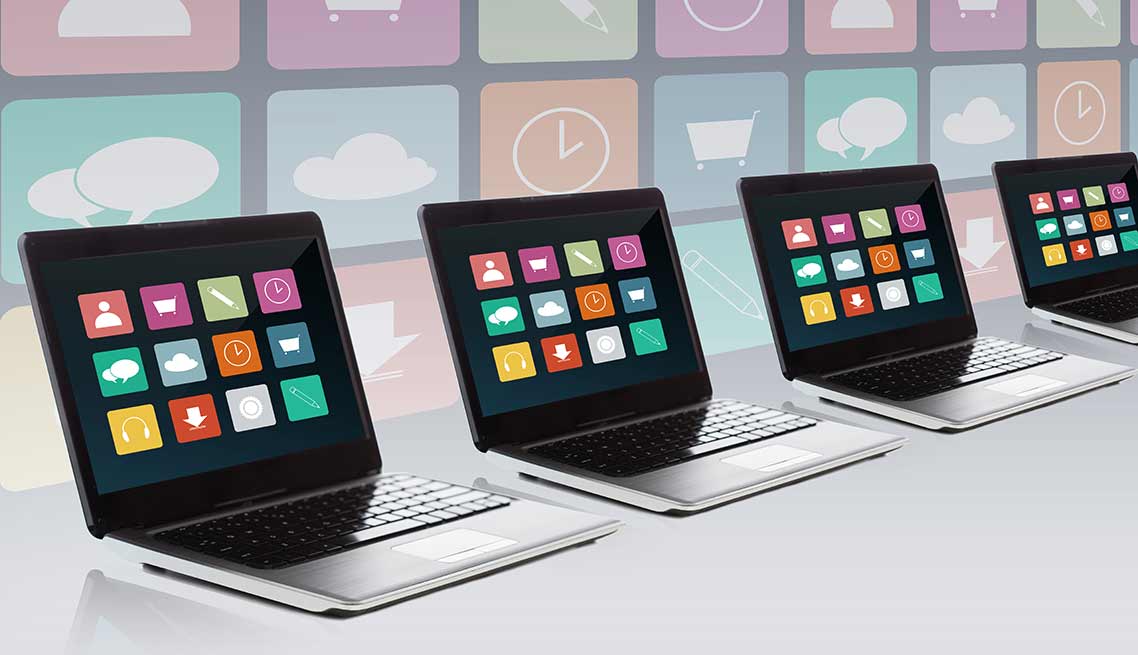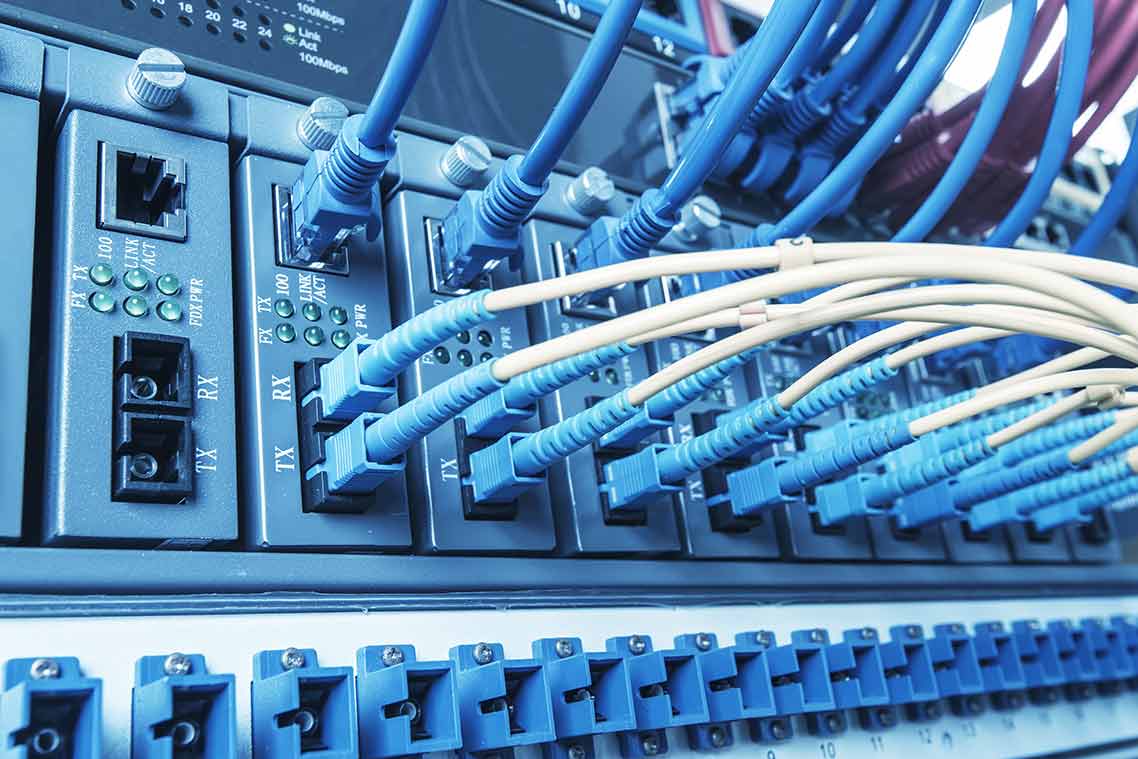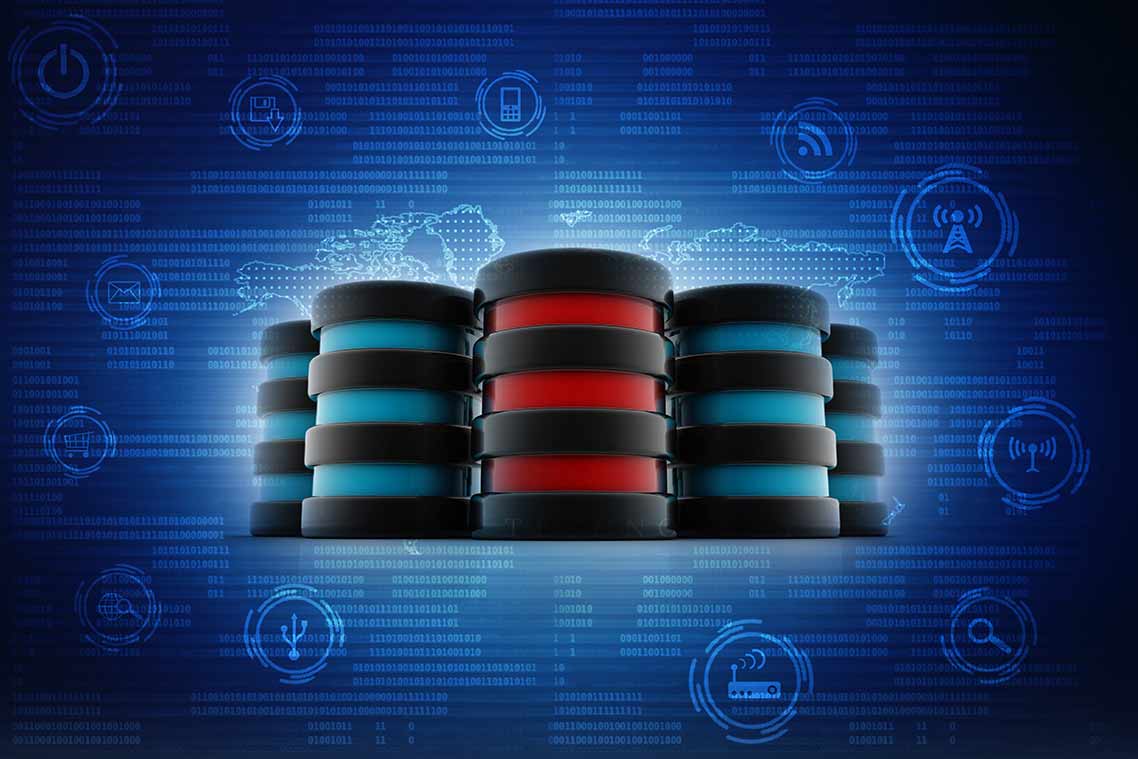Virtualization offers various benefits to organizations, including rational consumption of resources, scalability and simplified administration. Consolidating physical servers into virtual servers through physical-to-virtual (P2V)...
User authentication and authorization are critical for protecting your network infrastructure. It ensures that only trustworthy and relevant users can access the network. A Windows Server domain logically groups users, PCs, and other objects in a network, while...
Businesses need to replicate similar configurations of the Windows OS for hundreds and even thousands of employees. This can be done by creating a Windows image of a customized installation and deploying it across multiple PCs....
Network Interface Card (NIC) teaming is a common technique of grouping physical network adapters to improve performance and redundancy. The major benefits of NIC teaming are load balancing (redistributing traffic over networks)...
Raw Device Mapping (RDM) is VMware’s virtualization technology that allows a virtual machine (VM) to access a logical unit number (LUN) directly. IT administrators can then format the LUN using any file system, such as New Technology File System (NTFS)...
Network security requirements are continually evolving, with cybersecurity issues becoming a day-to-day hassle for organizations. Undertaking regular vulnerability assessments (VAs) can help you understand structural...
Many people have heard about public, private and hybrid clouds. But a fourth model has been around for a while now in the ever-changing cloud-deployment landscape. A community cloud is a modernized version of the private cloud that...
A firewall is an essential layer of security that acts as a barrier between private networks and the outside world. From first-generation, stateless firewalls to next-generation firewalls, firewall architectures have evolved tremendously over the...







